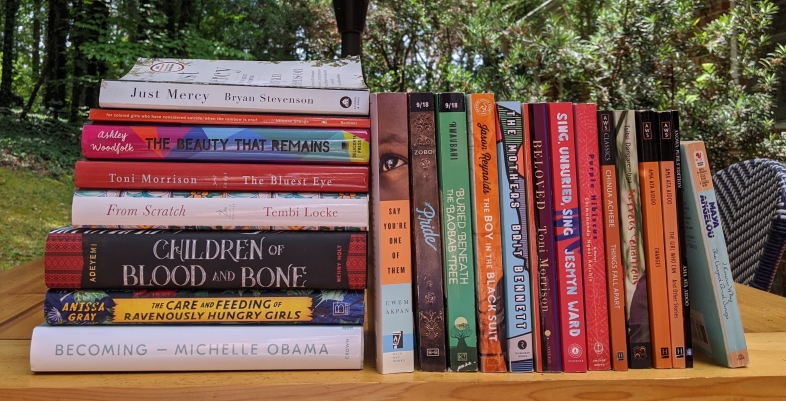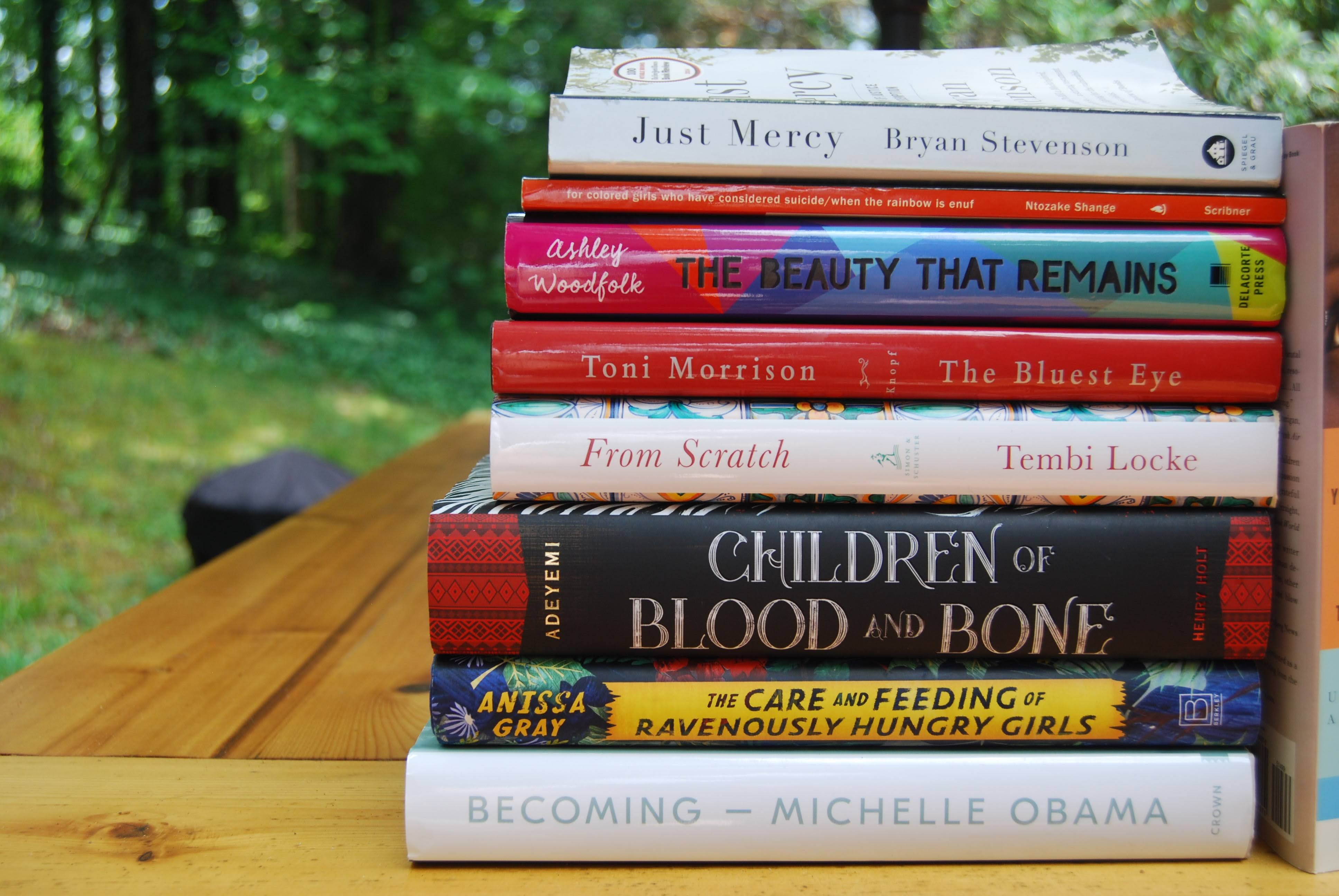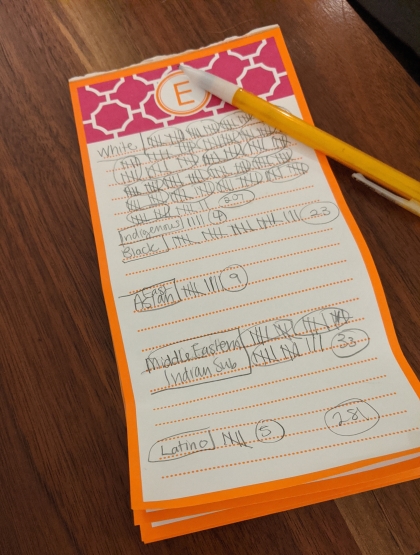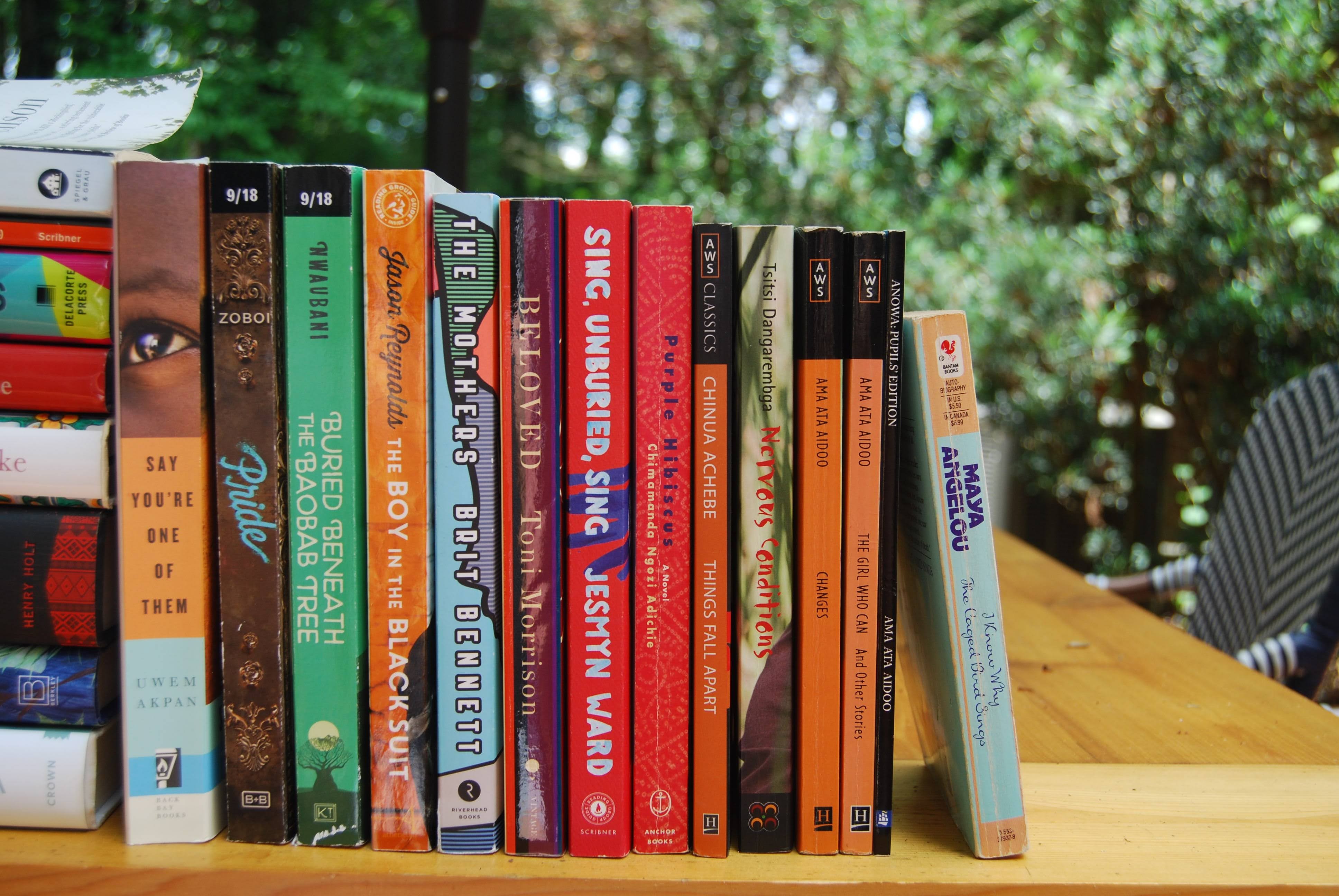A Universe of Wishes, edited by Dhonielle Clayton (Crown 2020)
First line: “Dear Reader, I was a mess as a teenager.”
This fourth anthology produced by the We Need Diverse Books campaign features 15 new stories by 15 diverse YA authors, including Samira Ahmed, Jenni Balch, Libba Bray, Dhonielle Clayton, Zoraida Córdova, Tessa Gratton, Kwame Mbalia, Anna-Marie McLemore, Tochi Onyebuchi, Mark Oshiro, Natalie C. Parker, Rebecca Roanhorse, V. E. Schwab, Tara Sim, and Nic Stone. While the three previous volumes have been primarily contemporary realistic fiction, this collection of short stories are all fantasy or science fiction, ranging from deep space to near future dystopian, fairy tale retellings to magical communication via toilet. Some of these authors I had read before, and some were new to me.
After finishing, I went back through to narrow down my favorites, see which stories had spoken most to me, and was surprised and thrilled to find myself highlighting more than half the stories in this book! I could list all these story titles for you, but instead, I’ll just mention two, and leave you to discover your favorites on your own.
“The Coldest Spot in the Universe” by Samira Ahmed was the story that left me the most unsettled. Set in dual timelines, one far in the future (though how far is a little unclear due to their different calendar year), and one just ten years from now. In 2031, we are hearing from the journal of Razia, a teenage girl who has seen the devastation of our planet and a cold age set in due to a horrendous miscalculation of a nuclear solution. Later, we hear the voice log of another teenage girl, many many years in the future, who has returned to our planet as part of an archeological mission to determine what happened to humanity and if the planet is stable to return. The horrifying and tragic picture of our planet painted by Ahmed is disturbing to say the least, and not that unrealistic, and the connection between these girls many generations apart was incredibly powerful.
The last story of the collection, “Habibi” by Tochi Onyebuchi, is an epistolary story between two young men trapped in solitary confinement across the globe from each other. While their cultures, languages, and environments are about as far as they could be from each other, their experience is startlingly the same. Somehow, through some mysterious magic involving bodily processes (yes: through their poop.), they are able to send each other letters. Through their communication, they find connection where they had none, hope where they had none, love where they had none. It’s beautiful and devastating.
I’m only now seeing, through discussing each of these stories, how many similarities there are between them. I guess I know what themes were speaking to me this week.
This beautiful book comes out today and should appeal to any YA speculative fiction lover you know! Once again, I find myself loving these anthologies and seeing the need to include more of them on my tbr.
Thank you to Crown Books for Young Readers via Netgalley for an advanced copy of this book in exchange for an honest review.











 Scrolling the internet this past week, I’ve encountered list after list of resources for those of us needing to assess our role in fighting racism. So many folks have shared books for all ages that strive to teach antiracism and help white readers in particular diversify their reading habits. I’ve always thought of myself as having a diverse book collection at my home, and while I was a librarian, it was actively part of my collection development policy. But when I started taking a look around my house yesterday to pull out books w
Scrolling the internet this past week, I’ve encountered list after list of resources for those of us needing to assess our role in fighting racism. So many folks have shared books for all ages that strive to teach antiracism and help white readers in particular diversify their reading habits. I’ve always thought of myself as having a diverse book collection at my home, and while I was a librarian, it was actively part of my collection development policy. But when I started taking a look around my house yesterday to pull out books w ritten by Black authors, I couldn’t find very many. I decided that if I was going to be intentional about my self-reflection and education on racism in our country, I wanted to conduct a diversity audit of my physical bookshelves and my Goodreads Read shelf to see not only how diversely I’m reading, but also where I’m spending my money. The results are not that surprising, unfortunately.
ritten by Black authors, I couldn’t find very many. I decided that if I was going to be intentional about my self-reflection and education on racism in our country, I wanted to conduct a diversity audit of my physical bookshelves and my Goodreads Read shelf to see not only how diversely I’m reading, but also where I’m spending my money. The results are not that surprising, unfortunately. What’s more, I rarely keep books I’ve read on my shelf unless they are absolute favorites, are by favorite authors, or are just too gorgeous to get rid of. Otherwise, they move on to Little Free Libraries, used bookstores, Goodwill, or to friends and family. I would say somewhere between 60-75% of my books are unread (I didn’t count this. I should have.) So again, what I own is not reflective of what I’ve read. But I thought auditing what I own was also an important step, as it shows me where I’m spending my money. I spent yesterday evening counting books on my shelves, with the following results.
What’s more, I rarely keep books I’ve read on my shelf unless they are absolute favorites, are by favorite authors, or are just too gorgeous to get rid of. Otherwise, they move on to Little Free Libraries, used bookstores, Goodwill, or to friends and family. I would say somewhere between 60-75% of my books are unread (I didn’t count this. I should have.) So again, what I own is not reflective of what I’ve read. But I thought auditing what I own was also an important step, as it shows me where I’m spending my money. I spent yesterday evening counting books on my shelves, with the following results. This week I’ve added lots of books by Black authors to my TBR, so some of those will probably eventually come to reside on my home shelves, especially if I stay away from the library for much longer. If you have any suggestions of ones I should add to my shelf, please let me know in the comments! I would love to have more recommendations.
This week I’ve added lots of books by Black authors to my TBR, so some of those will probably eventually come to reside on my home shelves, especially if I stay away from the library for much longer. If you have any suggestions of ones I should add to my shelf, please let me know in the comments! I would love to have more recommendations.